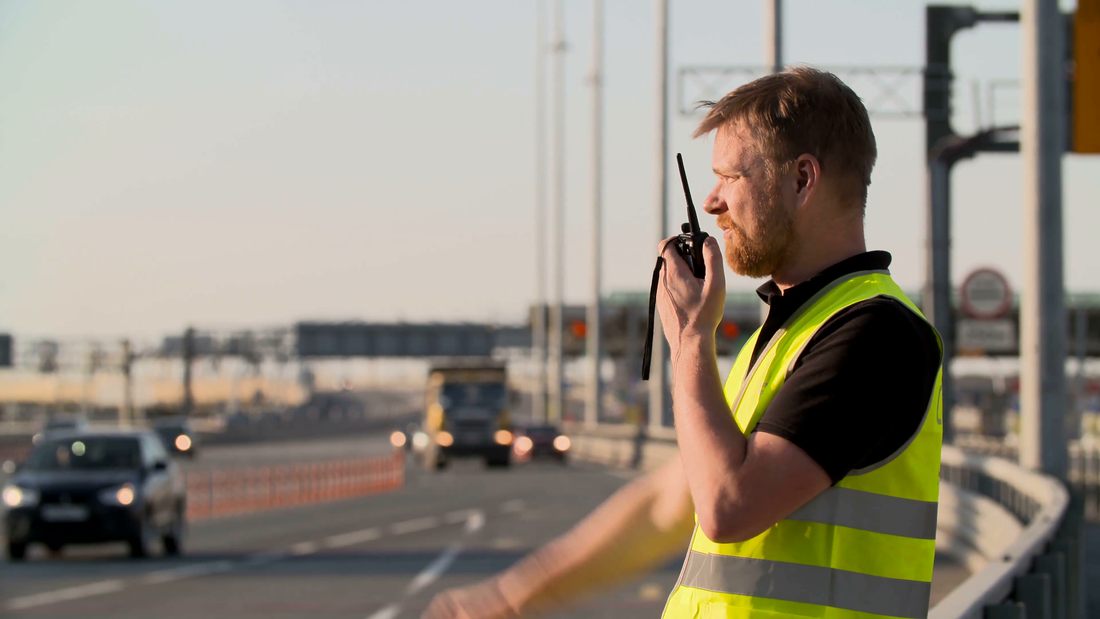
Understanding Two-Way Radios: Essential Communication Tools
Share
In an interconnected world where communication is paramount, two-way radios stand as stalwart companions, bridging distances and facilitating vital exchanges of information. From bustling city streets to remote wideness expanses, these devices serve ad lifelines, enabling real-time communication without the constraints of cellular networks, In this article, we delve into the essence of two-way radios, exploring their fundamental functions, comparing them to their handheld counterparts, and uncovering the myriad ways they are utilized across industries and recreational pursuits. Join is as we embark on a journey to understand the significance of these versatility communication tools and their indispensable role in modern society.
What Is a Two Way Radio
A two-way radio is a communication device that enables users to both transmit and receive audio message over radio frequencies. It allows for real-time, voice-based communication between individuals or groups, without the need for a centralized network infrastructure like cell towers. Two-way radios are commonly used in various industries such as public safety, military, security, construction, and outdoor activities, making them essential tools for coordination, safety, and efficiency in a wide range of settings.
What Is a Two Way Radio Used For
Public Safety and Emergency Response: Two-way radios, like 2-way radio noise cancelling headset, play a critical role in public safety by enabling police officers, firefighters, and emergency medical services to communicate seamlessly during emergencies. They facilitate coordination between different units, ensuring a swift and effective response to incidents such as accidents, natural disasters, or criminal activities.
Commercial and Industrial Applications: In the commercial sector, two-way radios are extensively used in industries such as construction, transportation, manufacturing, and logistics. They allow worker to communicate with supervisors, colleagues, or equipment operators, enhancing productivity, safety, and operational efficiency. For example, construction workers can coordinate tasks, crane operators can receive instructions, and truck drivers can report status updates.
Outdoor Recreation and Adventure: Outdoor enthusiasts rely on two-way radios for communication during activities such ad hiking, camping, hunting, and skiing. These radios provide a reliable means of staying in touch with companions, especially in remote area where cellular coverage is unreliable or nonexistent. They enhance safety by enabling quick communication in case of emergencies or getting separated from the group.
Security and Surveillance: Security personnel in various setting, including malls, airports, stadiums, and corporate offices, utilize two-way radios for monitoring, coordination, and response to security threats or incidents. Radios enable quick dissemination of information, allowing security teams to take prompt action to address potential or disturbances.
Military and Defense Operations: Two-Way radios are fundamental communication tools in military operations, providing soldiers with a means to relay orders, coordinate movements, and maintain situational awareness on the battlefield. They are rugged, reliable, and encrypted to ensure secure communication in hostile environments.
Conclusion
In essence, two-way radios serve as lifelines, connecting individuals are groups across diverse environments and situations. Their ability to provide reliable communication over short to medium distance makes them indispensable tools for coordination, safety, and efficiency. Whether in times of crisis, industrial operations, outdoor adventures, or military missions, two-way radios play a pivotal role in facilitating effective communication and enhancing situational awareness.